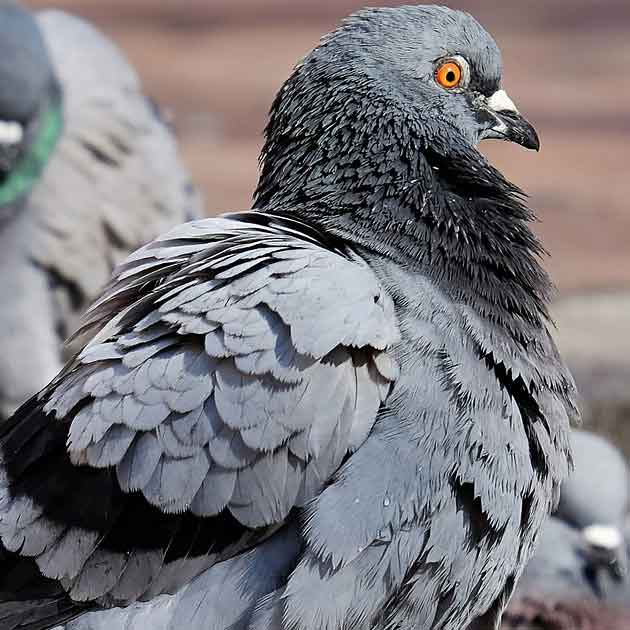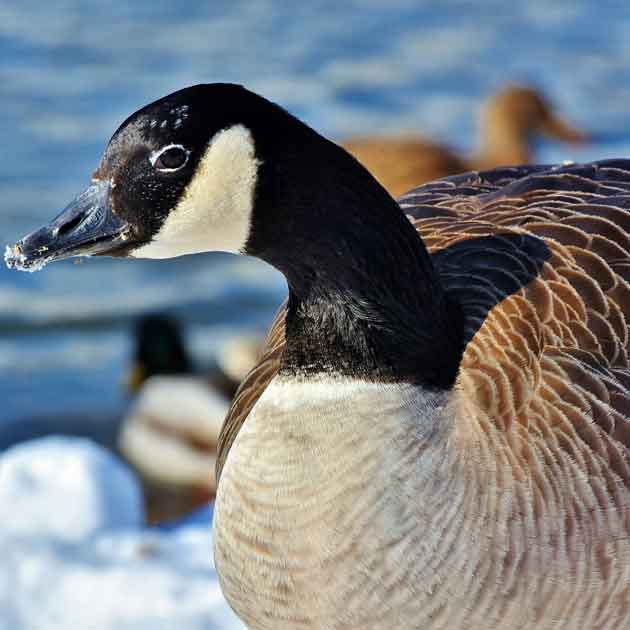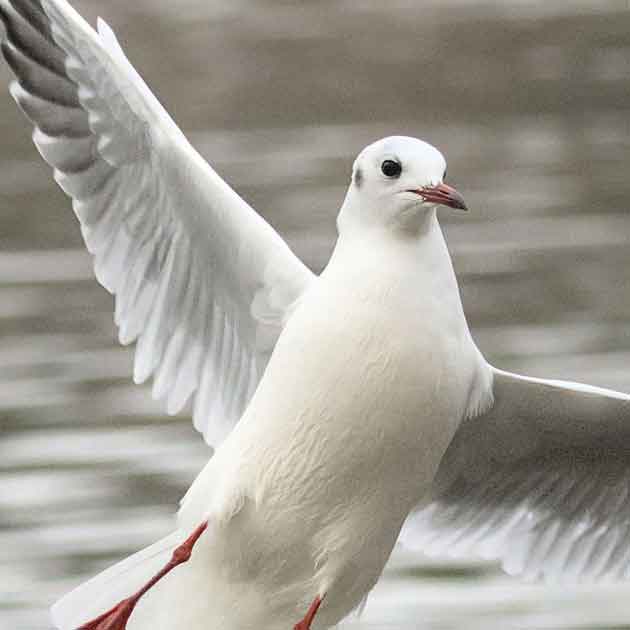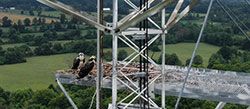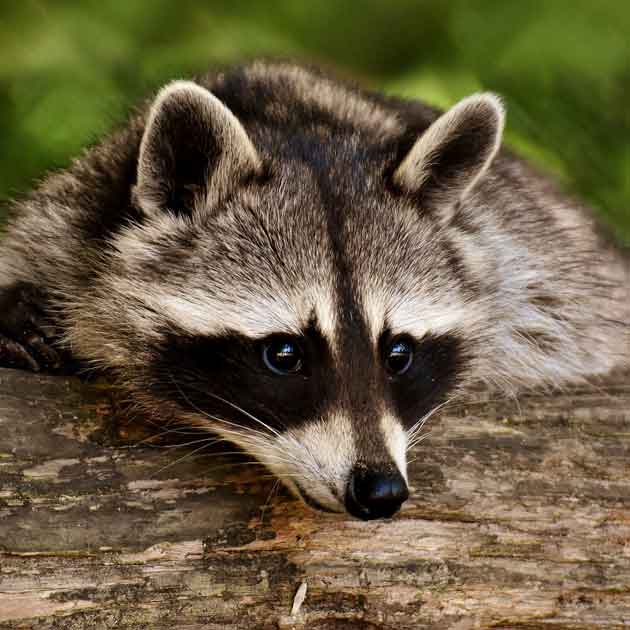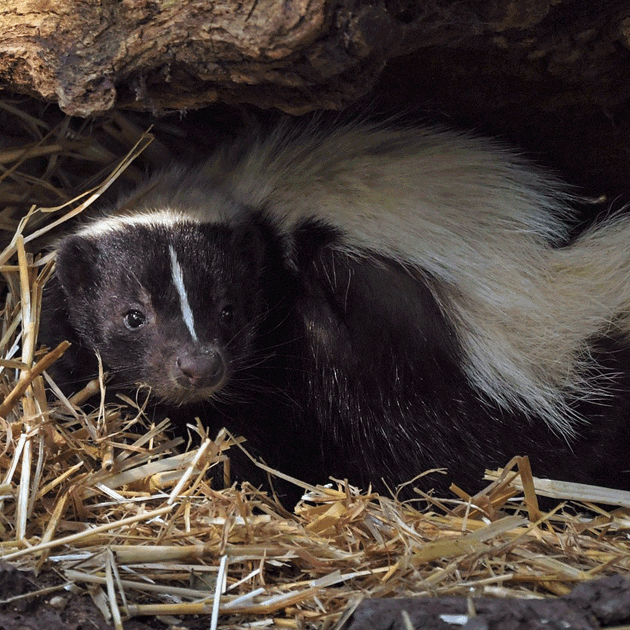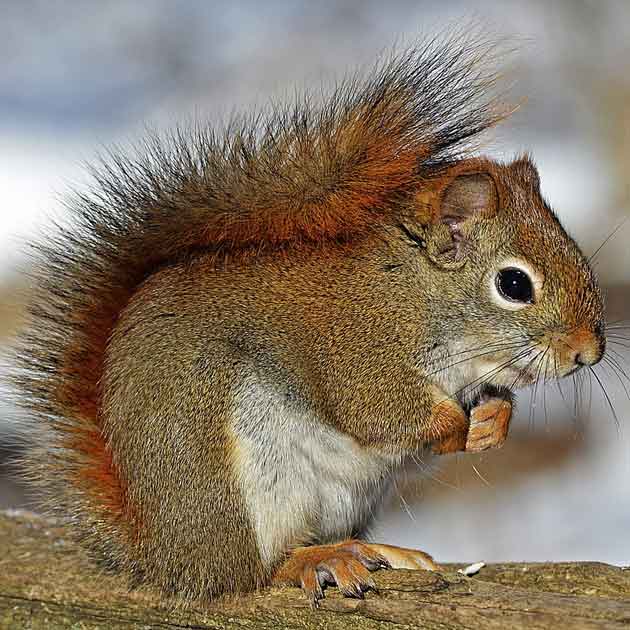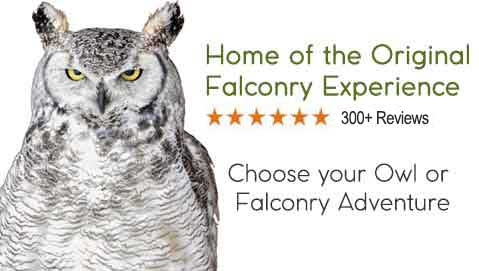Are you as fascinated by Birds of Prey as we are, here at Hawkeye? Can you tell a hawk from a different raptor? Let's look at some ways to help with raptor identification.
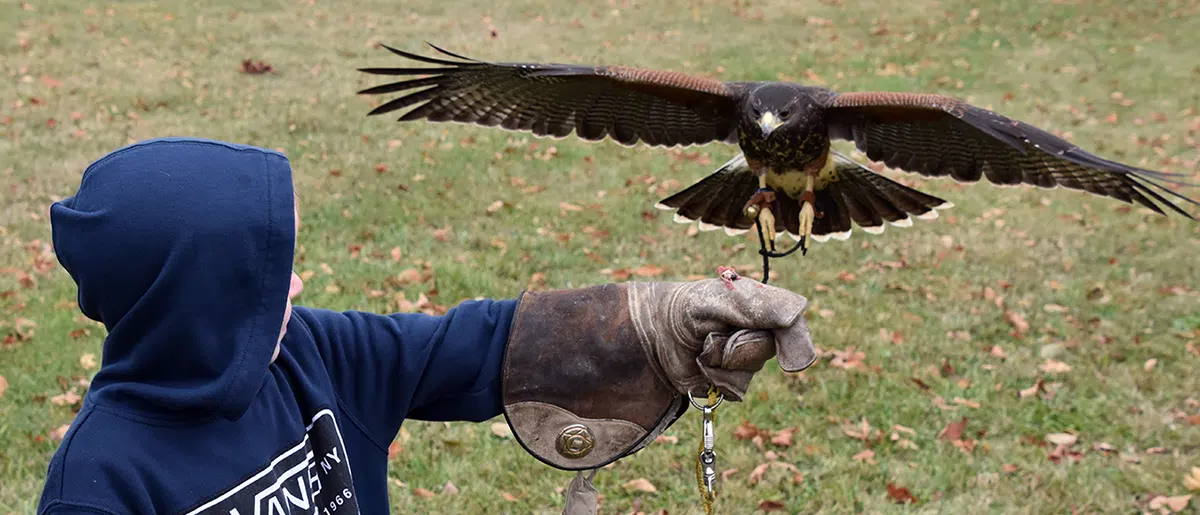
Common Hawk Species in Canada
Canada with its varying climates and terrains is home to many birds of prey. When we can observe them is as important as where. Some of our fine feathered friends will travel south and to more amicable temperatures during the winter months, while others don't mind chilling year round.
Red-Tailed Hawk
As its name might suggest, the red-tailed hawk has indeed a distinctive short and wide red tail - who would have guessed!? It is a large bird with broad with rounded wings and a wing span of over a meter. Its back is brown and its underside is light. Most red-tailed hawks will migrate south for the winter, but you may be able to spot a few in the very southern parts of Ontario, especially during a mild winter.
Northern Harrier
The Northern Harrier is actually the most often seen hawk in Ontario - from spring to fall, that is. That is the time to breed and raise a family. The Northern Harrier is a slender bird with broad wings, often seen as a V-shape in flight; the tips of the wings are above its body. Its wing span also surpasses a meter. Females are typically brown on top, light coloured underneath while males sport a gray top half.
Cooper's Hawk
The Cooper's Hawk is smaller than the previous two - about the size of a crow. It is a beautiful bird with a blue-grey back, an orange (copper) chest, and a long tail with dark bands and a white tip. Adult birds have a dark 'cap' on their rather square head. It is seen in Southern Ontario year round but may leave the Northern regions and head as far south as Mexico for the winter months.
Sharp-Shinned Hawk
The Sharp-Shinned Hawk is smaller yet and often mistaken for a Cooper's Hawk; it has the same colouring. However, it has a round head without no cap standing out. The sharp-shinned hawk will migrate from most of Ontario but may stick around in the very southern parts.
Rough-Legged Hawk
The Rough-Legged Hawk gets its name from its feathered legs - insulation against the cold. As you may have guessed, the rough-legged hawk mostly stays in Ontario throughout the winter. It is a truly majestic bird -dark or light brown with dark patches at the bend of the wing, end of its tail and across its underside. The broad wings are relatively long and narrow compared to most other hawks.
Physical Characteristics of Hawks
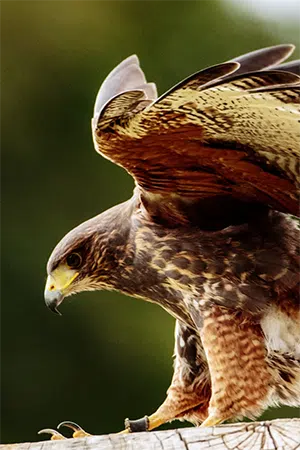 Hawks are divided into two main categories: accipiters and buteos. There are distinct differences between the two. Additionally, with over 250 different hawks species worldwide, and each with distinct characteristics and adaptations, identifying hawks can be challenging. Let's see if we can shed some light and improve our birdwatching techniques.
Hawks are divided into two main categories: accipiters and buteos. There are distinct differences between the two. Additionally, with over 250 different hawks species worldwide, and each with distinct characteristics and adaptations, identifying hawks can be challenging. Let's see if we can shed some light and improve our birdwatching techniques.
Size and Shape
Accipiters are generally smaller in size when compared to buteos. They have a compact and streamlined body, which allows for speed and agile maneuvering through dense vegetation when hunting. Buteos, on the other hand, have a robust and sturdy body shape, which aids in soaring flight and hunting in open spaces. Size and shape allow birds in this category to take advantage of thermals and currents to conserve energy during flight.
Wing Structure and Length
Accipiters have shorter and rounded wings that are well-suited for quick bursts of flight, allowing them to navigate through forests and chase their prey with precision. Buteos with their long and broad wings are well-equipped for soaring effortlessly and cover large distances while searching for prey. This wing structure helps buteos maintain steady flight even in windy conditions.
Tail Shape and Length
Accipiters generally have longer tails that are squared or slightly rounded at the tip. Both the shape and length of their tail facilitates excellent balance and the ability to change directions abruptly during flight. Buteos have shorter tails, broad and square at the tip to provide stability during soaring flight.
Other Hawk Behavior Patterns
Behavior and hunting patterns really depend the type of habitat each hawk species calls home. As we've seen above, physical characteristics are well adapted to ensure survival in their hunting environment.
Soaring and Gliding
All hawks are able to soar and glide to some degree. But, it is the buteos who excel at it and do so while scanning vast open landscapes for prey. Unlike accipiters, buteos have slower and more powerful wing beats, used for maintaining altitude and adjusting position while soaring.
Perching
Both, accipiters and buteos perch. Accipiters will launch surprise attacks from a perch, while buteos use a high perch as a lookout over extensive terrain.
Hunting Patterns
Accipiters, including Sharp-shinned Hawks and Cooper’s Hawks, exhibit incredible agility and maneuverability in flight. Their short wings and long tails help them navigate through thick forests and catch their prey. Their hunt takes place relatively close to the ground, often flushing out prey. Buteos will employ a hunting strategy known as “aerial hunting” or “kiting.” Often perching or soaring at great heights and scanning open landscapes for potential prey, they will descend with controlled glides and short bursts of flight. Their keen eyesight allows them to spy small movements on the ground and they will patiently perch or soar for considerable time before making a calculated strike.
Nesting Habits
With the exception of the Northern Harrier, hawks take to great heights to nest and raise their offspring. Tall trees or communication towers (we have our own story about a hawk and a tower! Check out 'Why Hawkeye' and scroll down to 'What all do we do here at Hawkeye, you ask?') are common nesting sites, often not able to be detected by the naked eye. The Northern Harrier is the odd one out; it builds its nest on bare ground, often in wet areas.
Hawkeye's Expertise in Raptor Identification
At Hawkeye Bird & Animal Control, Birds of Prey are our passion - it's what we do. Master Falconer and CEO of Hawkeye Dan Frankian has raised, trained, rehabilitated and released many many raptors. If you have a desire to learn more about the majesty of birds of prey, check out our Falconry Experiences. You'll get to be up close and personal with our birds, have a hawk fly to your arm, and ask all the questions you can think of. We LOVE sharing our passion! Book your own Falconry or Owl Experience or Eagle Adventure online or contact us at 416-429-5393.
Related Articles: https://www.hawkeye.ca/blog/baby-hawk | https://www.hawkeye.ca/birds-of-prey/difference-between-falcons-and-hawks


